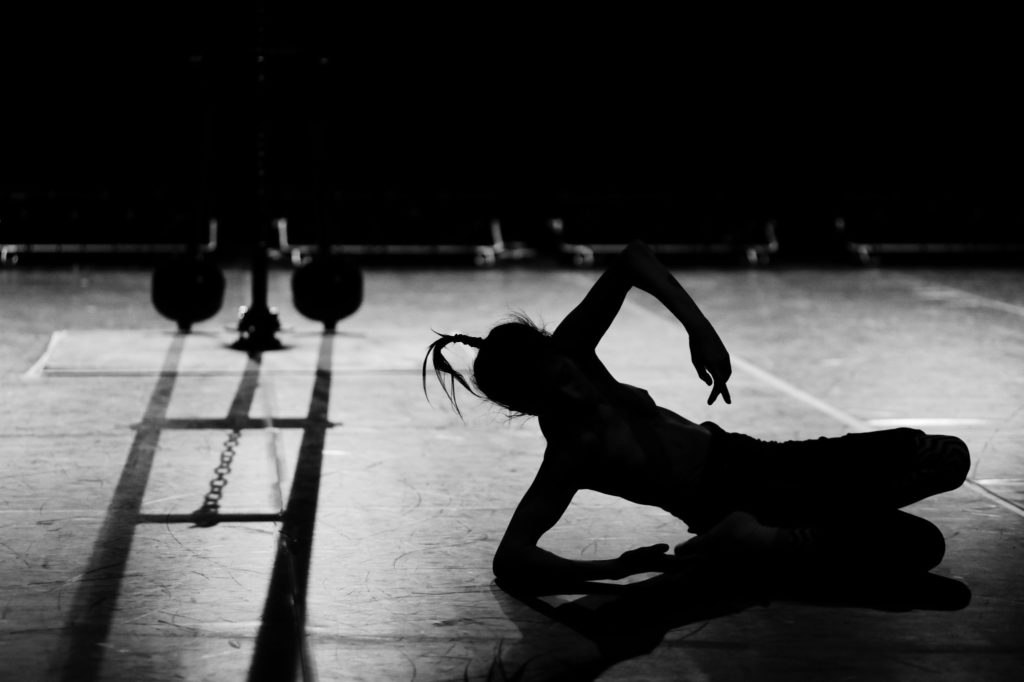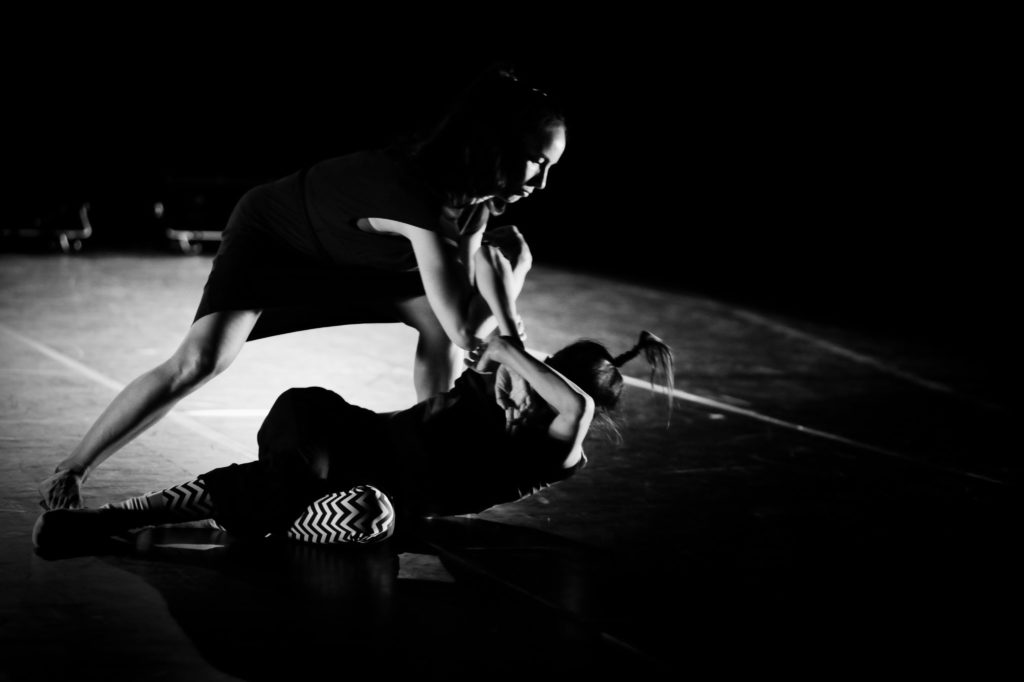pbCITEMOR2022 | Diana Niepce’s other side of dance
14th August 2022O OUTRO LADO DA DANÇA
Diana Niepce
This text is part of various reflections from our residency at CITEMOR festival – to read more writings and reflections, including an introduction to the festival and our residency there, see here.
***
14:30, Carapinheira & Lisboa, Portugal – Xavi & Diana meet on zoom the day after the performance

Corpo que aqui representa matéria, e apresenta o mapeamento da representação dos invisíveis da história da dança.
A body which represents materiality, and presents a mapping of the representation of the invisible (bodies) of the history of dance.
In O Outro Lado da Dança/ The Other Side of The Dance, Diana Niepce proposes to bring to the stage everything that lives inside her body: physical and psychological limitations, humour, autonomy, risk, power, movement, dance, touch, submission, histories of violence, histories of tenderness, balance, and henceforth.
This vast exposition of one’s very physical experience, allows Diana to explore a delicate balance between risk and play, where Diana’s body (always at the centre of every aspect of this performance) is in constant flux, filling out an almost barren stage and challenging the limitations of her body, often with a sarcastic humour and grandiose (though minimal) staging. For an able-bodied audience, this can at times be uncomfortable, and demarks us as mere spectators witnessing a disabled body making their way through the stage, often unaided, for our entertainment. However, this confrontation with a reality that is not ours is incredibly important, for it touches on our own perceptions and clichéd expectations of what a disabled body should be expected to do.
Clichés only reinforce stereotypes of attribution to its given subject, most often removed from reality and utilised as a way to keep minorities or people in disadvantaged positions in their lane. But they also create outrageous caricatures of real people who have very real barriers to being able to live their lives in free and respectful ways.
Clichés create the idea of ‘difference’ or of a ‘monster’
–Diana Niepce
The monster here, both in choreographic and physical terms, is yet again played on stage by Diana, taking ownership of this figurine that is put on her and turning it into ridicule of us, almost like putting up a mirror to what our own prejudices might be. It challenges our own internal monologues.
Speaking the following day, we talk about two recurring languages that Diana often hears about her work and her body, which often impacts on her process; languages which are the result of perceptions based on her disability and what is put on her and her body from the outside (us):
- Fragilidade e limitações / Fragility and limitations
- Incompreensão e infantilização / Ignorance and infantilisation
These languages are basically a power tool from outsiders who don’t understand and are not equipped to work with a disabled body, for they expect the disabled person to not be able to do similarly to other, non-disabled bodies. There is an interesting correlation between what is perceived as a ‘fragile and limited’ body and one who is inhabited by the artist who is at the centre of it all. Diana mentions that even though her performances often look quite improvised, delicate and with a sense of loose freedom, everything is controlled to the very last moment, by her and her process.
The mechanics on stage are utilised as extensões do seu corpo/extensions of her body, there to provide an assistance to the performer achieving her goals. With this brutal, metal extension, Diana achieves the grandiose theatrical moment she wants to achieve. The other bodies, perceivedly fully abled bodies, who occasionally turn up on stage are there to, once again, provide beautiful and carefully-considered extensions for her objectives.
Who said that disabled bodies have to be powerless? In many ways, they are anything but, specially in this case when they challenge our perception of the ‘other’ and invite us to change the ways the very ableist societies we live in operate, by simply existing.

There is also a sense of collectivity here that feels fresh and grounded. For sure, Diana is at the centre of the piece and clearly in command, but the care, collaboration and delicacy that is operated across the whole team is palpable and help provide some key moments on stage of rare cooperative beauty. This is, of course, essential for any artist to achieve their ideas and artistic vision, but it is precisely more urgent when the bodies in operation are the ones that need a more structural support.
The ‘dance’ here stated in the title of the piece, is thus a constant dance between domination and submission, where Diana takes ownership of the stage, navigating her body and enhancing its physical limitations, and is in constant dialogue with the material conditions around it.
Not just her body, but a history of experiences of existing in her body that is also reflective of the breath of the often invisibilised disabled dance and live art practitioners that came before Diana and her contemporaries, like Claire Cunningham, Naomi Lakmaier, Neil Marcus or even Marina Abramović.
Quero mostrar o que escondemos e puxo para que se veja tudo
I want to show what we hide and I push for everything to be visible.
In a way, it feels very much like a sort of Brutalist Choreography, where the inside of the body, the process and all the materials and labourers are all on show, like an open wound that requires collective aid.
For more information on Diana Niepce and body of work:
Website: https://aniepce.com/
Instagram: @aniepce